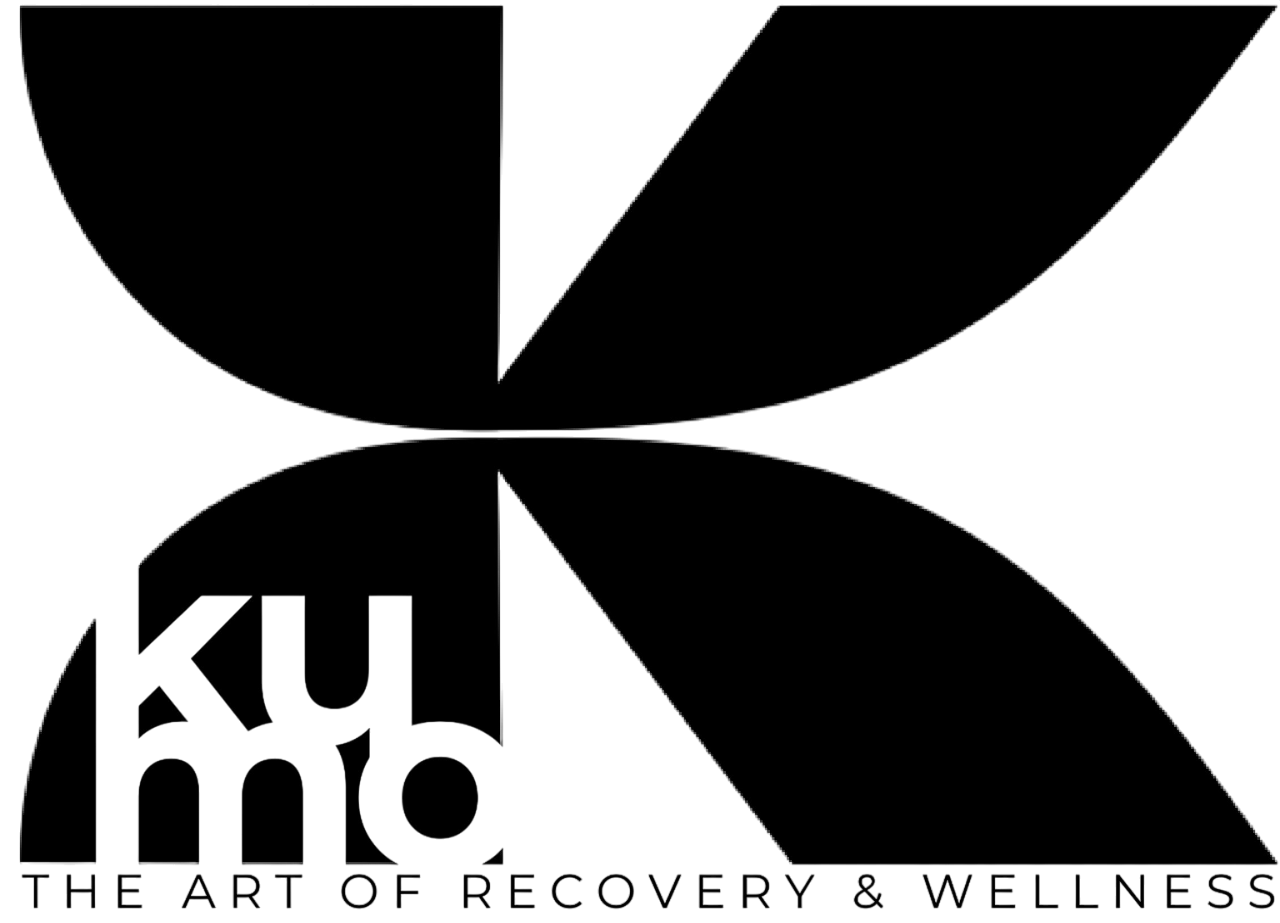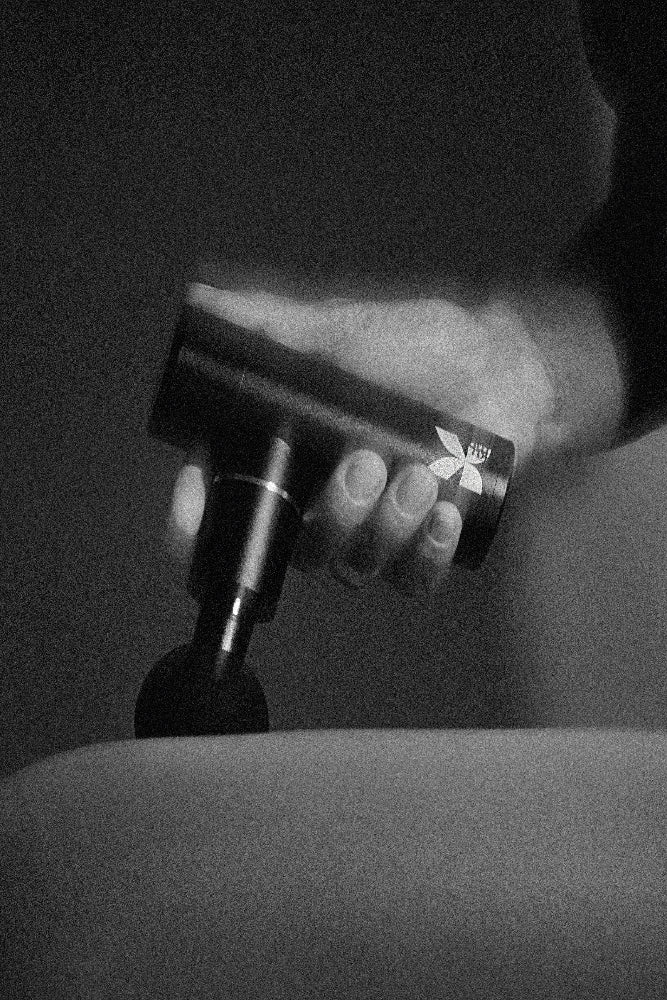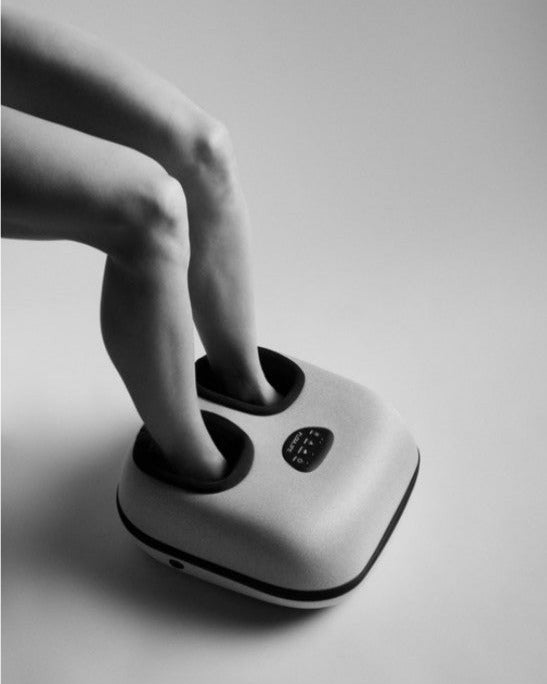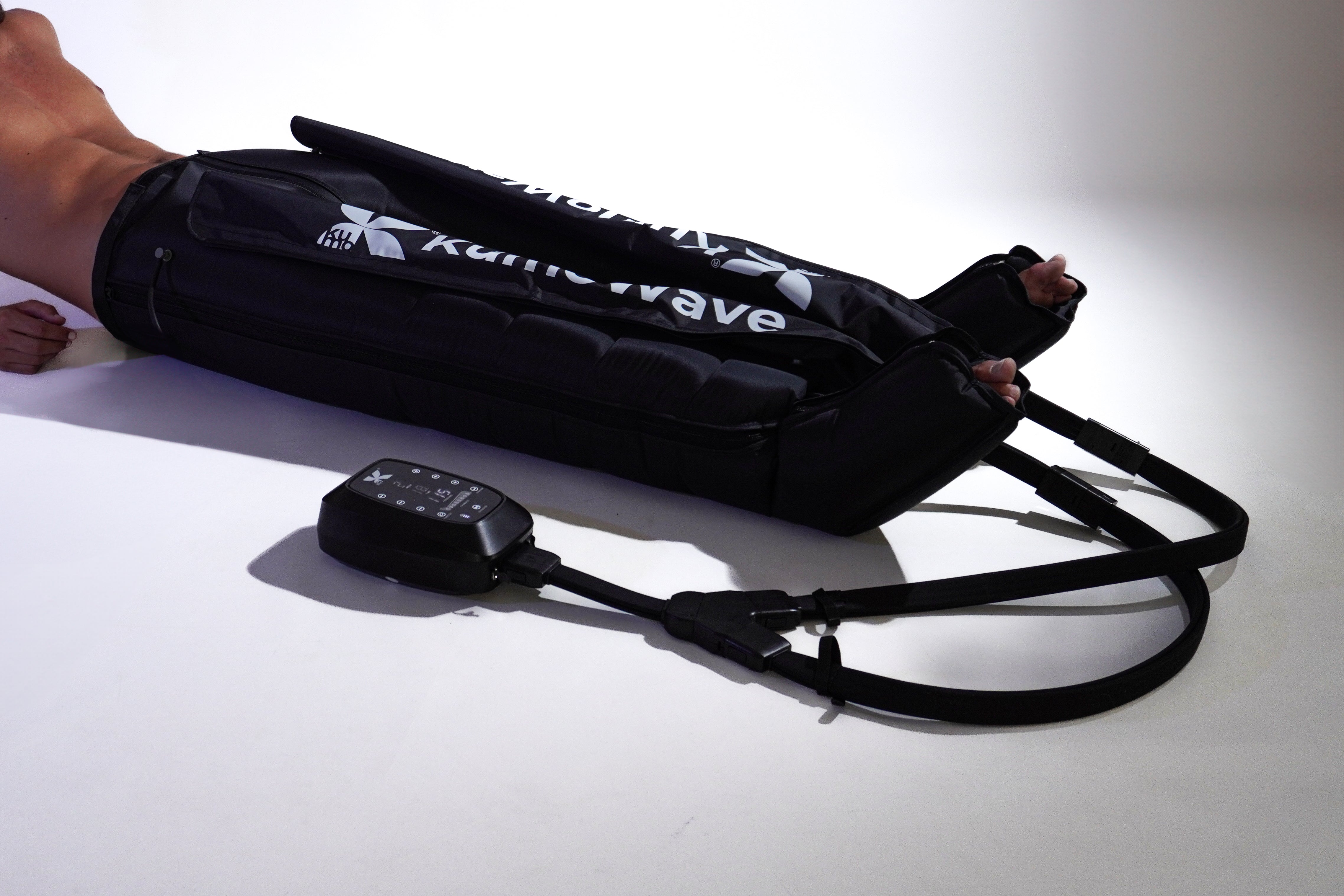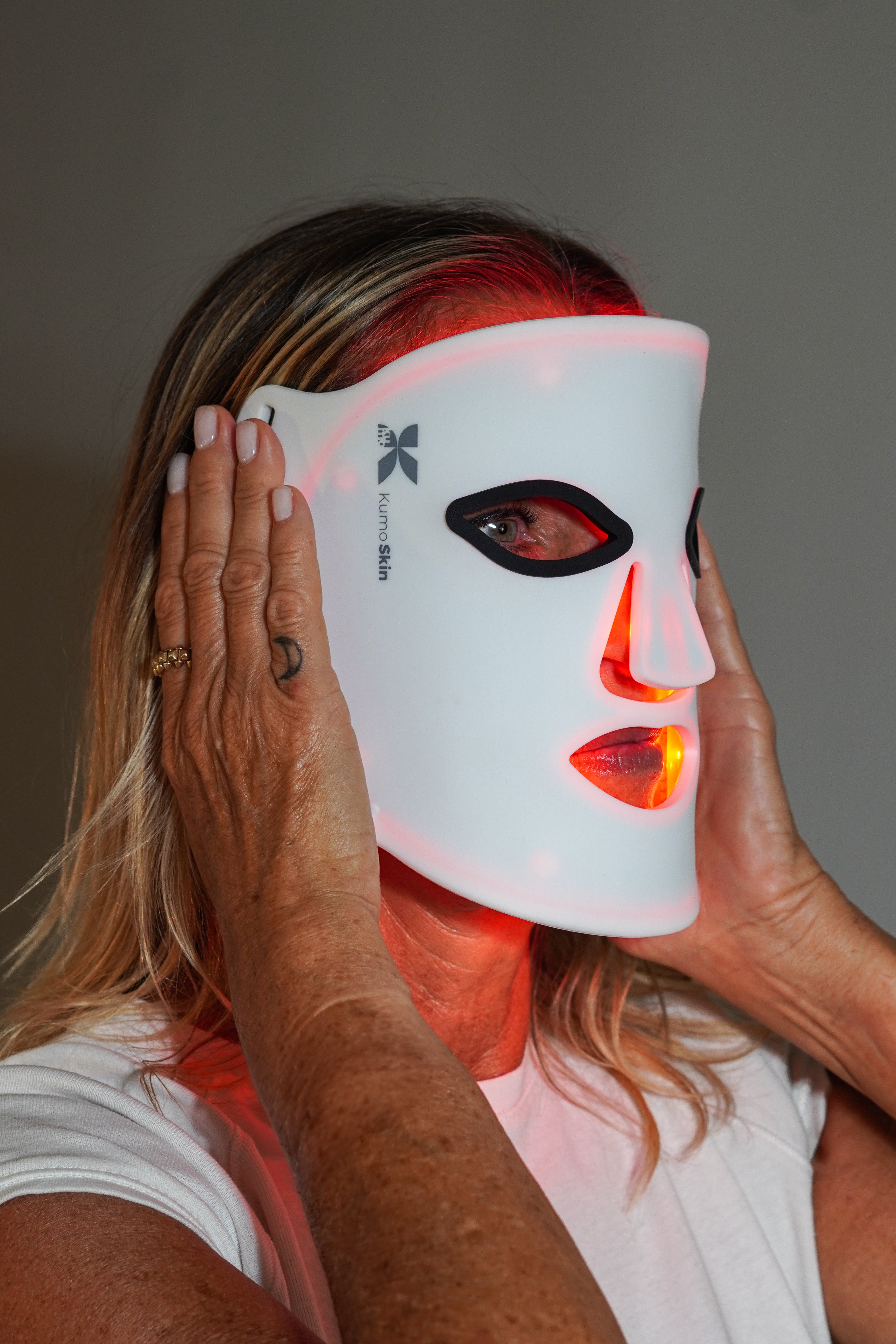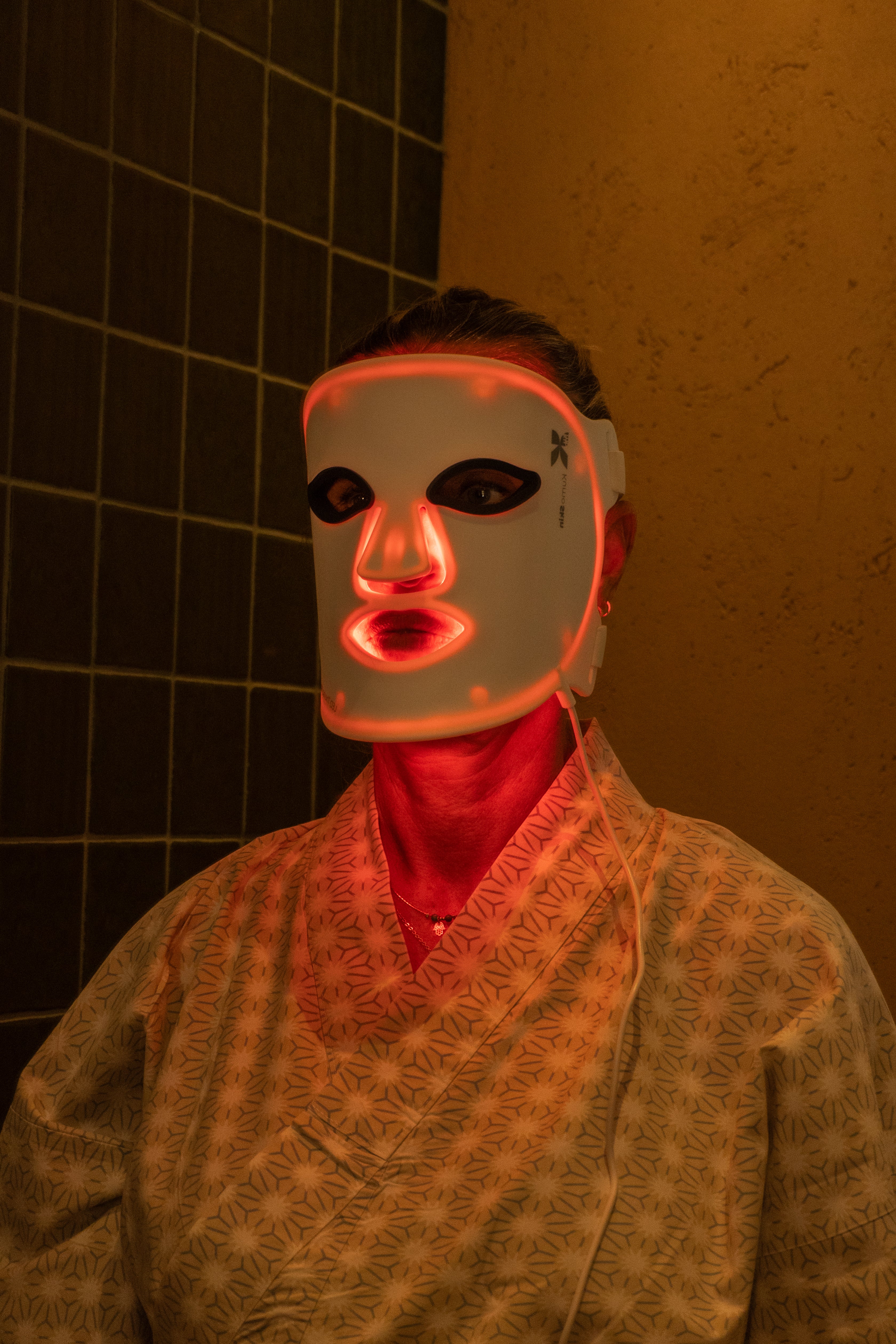Red Light Therapy for Skin: A Practical and Safe Guide. Here you'll find out what it is, how it works, real-life benefits, home use protocols, and how to choose a reliable device in 2025.
Coming soon
- Stimulates skin and collagen regeneration with red (≈630–660 nm) and near-infrared (≈810–850 nm) wavelengths.
- Most consistent benefits: improvement of fine texture, light lines, redness, and support for mild-moderate acne.
- Typical results after 6–12 weeks, with 3–5 sessions/week of 10–15 minutes.
- Use on clean skin at the recommended distance and time; consistency > maximum power.
- Choose equipment with specific wavelengths, honest power, and safety certifications.
What is red light therapy?
Red light therapy (also called photobiomodulation) is a noninvasive technique that uses LEDs to deliver visible red light and low-energy near-infrared light. It doesn't heat like lasers, but it activates cellular pathways that promote skin repair.
At the biological level, it interacts with cytochrome c oxidase in mitochondria, optimizing ATP production and modulating oxidative stress. This "energy boost" promotes pro-repair and anti-inflammatory signals, key to skin health. For a general and safe introduction, see the Cleveland Clinic clinical overview.
How it works on the skin
- Increases cellular energy (ATP) and normalizes reactive oxygen species in small doses.
- Modulates transcription factors that promote collagen and elastin synthesis.
- Reduces inflammation mediators, helping with redness and sensitivity.
- Accelerates repair processes after microdamage and external aggressions.
Reviews in dermatology have described these mechanisms and applications for over a decade, with detailed syntheses in the scientific literature (e.g., Avci et al., 2013, NCBI/PMC ).
Red light vs. near infrared
- Red light (≈630–660 nm): Reaches the epidermis and superficial dermis. Ideal for tone, texture, redness, and acne.
- Near-infrared (≈810–850 nm): Reaches deeper. Useful for mid-dermis, tissue recovery, and comfort.
Many devices combine both ranges to cover different skin layers. Explore skin-focused solutions in the LED light therapy collection .
Skin benefits: what the evidence says
The evidence base on LEDs has grown, with small to moderate trials and reviews supporting their use as an adjuvant. Avoid unrealistic expectations: it's a consistent, cumulative tool, not an instant "fix."
Gentle rejuvenation and collagen
Several clinical studies have shown improvements in radiance, smoothness, fine lines, and firmness with 8–12-week protocols. Photobiomodulation promotes collagen type I/III synthesis and elastic fiber organization, especially with regular use. Peer-reviewed literature reports increases in collagen markers and clinical rejuvenation parameters without downtime.
Acne and inflammation
Red light calms inflammation and can reduce erythema and tenderness around acne lesions. Combined with blue light (which targets P. acnes), it can enhance results in mild to moderate acne. The American Academy of Dermatology recognizes LED therapy as a useful support within a comprehensive acne care plan.
Tone, texture and scars
- Texture and pores: Consistent use improves the appearance of pores and fine irregularities.
- Post-inflammatory hyperchromia: can help even out skin tone by modulating inflammation; consistency is key.
- Scars: As an adjuvant, it supports the remodeling of recent and post-procedure scars, reducing redness and improving the softness of the area.
Recovery after aesthetic treatments
After light peels, microneedling, or other techniques, red light can reduce redness and reduce the feeling of tightness, promoting post-procedure comfort. Consult with your professional to adjust timing and combinations.
Tip: Take photos in the same light every 2–3 weeks. This is the most objective way to notice gradual improvements.
How to use it safely at home
The best predictor of results is consistency. Start with conservative protocols and adjust based on your skin's tolerance and response.
- Preparation
- Clean, dry skin. Avoid retinoids or acids the night of your session if you notice irritation.
- Protect your eyes if indicated by the device or if you find it uncomfortable.
- Session type
- Frequency: 3–5 times per week.
- Duration: 10–15 minutes per zone.
- Distance: 10–20 cm for panels; LED masks rest on the face by design.
- Initial protocol: 8 weeks; then move to maintenance (2–3 times/week).
- Progression
- If your skin is sensitive, start with 6–8 minutes and gradually increase.
- Stop if you see persistent redness or irritation and resume after a shorter time.
Small habits multiply results: moisturizer with niacinamide, daily sunscreen, and adequate sleep. To boost your overall wellness routine, explore pressotherapy to boost circulation and leg recovery.
Quick table of wavelengths and targets
| Wavelength | Main objective | Target layers | Typical use |
|---|---|---|---|
| 630–660 nm (red) | Tone, radiance, fine lines, redness, acne support | Epidermis/Superficial Dermis | 10–15 min, 3–5/week |
| 810–850 nm (NIR) | Firmness, deep tissue comfort, recovery | Middle dermis and deeper tissues | 10–15 min, 3–5/week |
| Combined | Layered coverage, comprehensive maintenance | Multilayer | Mixed protocols 8–12 weeks |
If you're looking to integrate light into your daily routine with high-performance, designer devices, discover KUMO LED therapy . And to relax the facial and neck muscles that influence skin tension, a gentle percussion massage with KumoPulse Air can be a great complement.
Choosing a quality device
Not all LEDs are created equal. Make sure you understand the essentials:
- Specific wavelengths: around 630–660 nm and/or 810–850 nm.
- Honest irradiance: Avoid inflated numbers. Moderate, safe values are sufficient for home use.
- Design and coverage: face masks; face+neck or body panels.
- Safety and Certifications: Skin-safe materials, electrical and thermal testing; no annoying flickering.
- Ergonomics and consistency: The best device is one you will use 3–5 times a week.
KUMO combines aesthetics, technology, and performance to make recovery a habit. Learn about our philosophy at KUMO Balance .
Safety, side effects and contraindications
LED therapy is generally well tolerated. Possible transient effects include mild redness, dryness, or sensitivity, which usually resolve with adjusting the time/distance. Recommendations:
- Avoid use on actively irritated skin or sunburn.
- Caution if you are taking photosensitizing drugs; consult your dermatologist.
- Melasma: Response varies; try gentle protocols and observe.
- Pregnancy and breastfeeding: Although low-energy LEDs are considered low risk, seek medical advice if you have any concerns.
- Eyes: Do not look directly into the light; use eye protection if indicated by the manufacturer.
For a review of uses and limitations, see the Cleveland Clinic clinical summary and the scientific evidence compiled in NCBI/PMC .
Scientific evidence and what to expect
Evidence supports mild to moderate improvements in skin parameters with consistent use. The quality of the studies varies, with some positive controlled trials and others with small sample sizes. In practice:
- It is an adjuvant: it improves results when added to coherent basic care.
- It requires consistency: think 6–12 weeks for visible changes.
- The answer is individual: skin type, dosage and habits all influence.
To combine recovery and rest habits (key for your skin), consider integrating sleep routines and muscle recovery tools. KUMO offers complementary technologies to optimize your daily well-being from home.
Frequently Asked Questions
How long does it take to see a change with a red light?
Most users notice subtle improvements in brightness and smoothness after 3–4 weeks, with clearer changes in fine texture and tone after 8–12 weeks. This requires 3–5 weekly sessions of 10–15 minutes each. The response depends on consistency, your routine (gentle cleansing, moisturizing, sun protection), and personal factors such as stress and sleep. Maintain comparable photos every 2–3 weeks. After the initial protocol, move to maintenance 2–3 times per week to maintain results.
Is it safe for eyes and dark skin?
Low-energy red and near-infrared light is generally safe for all skin types. Avoid looking directly at the sources and wear eye protection if the device instructs you to do so or if you find it uncomfortable. For darker skin, LED therapy does not induce hypopigmentation like certain lasers, but if you have melasma or other pigmented conditions, start with short exposure times and monitor the response. If you have any questions or are undergoing active medical treatment, consult your dermatologist.
Can I combine it with retinol, acids or vitamin C?
Yes, but with order and caution. Use the light on clean skin; then apply moisturizer and, if it's daytime, sunscreen. If you use retinoids or chemical exfoliants, alternate nights or reduce the frequency if you notice irritation. Vitamin C in the morning and light in the afternoon/evening usually work well. Rule of thumb: If persistent redness or stinging occurs, reduce the intensity of your active ingredients or the LED exposure time.
Does it work for acne?
As a support, red light helps modulate inflammation and can improve the appearance of lesions and redness. The best results in mild to moderate acne are observed when combined with appropriate habits and topical treatments; the combination with blue light enhances the action on P. acnes. The AAD recognizes it as a complement, not a substitute for medical therapies in moderate to severe cases. Consult if you are taking photosensitizing medication.
Which device is right for me: mask or panel?
- Mask: practical for face, hands-free, short and regular sessions.
- Panel: Versatile for face, neck, and body; useful if you're also looking for muscle recovery or general wellness. Consider wavelengths (630–660 and/or 810–850 nm), accurate output, ease of use, and safety. If you're looking for a balanced experience between design and performance, explore KUMO LED therapy or contact us for advice.
To remember
- Red and near-infrared light activate cellular pathways that promote repair, collagen, and calm.
- Expect progressive improvements with 3–5 sessions per week for 8–12 weeks.
- Consistency, gentle hygiene and photoprotection multiply results.
- Choose equipment with specific wavelengths, validated safety, and a design that facilitates the habit.
- Adjust your time if you have sensitive skin and check if you are taking photosensitizing medications.
- Ready to get started with high-performance, high-design equipment? Discover KUMO at kumobalance.com and build your recovery routine at home.
